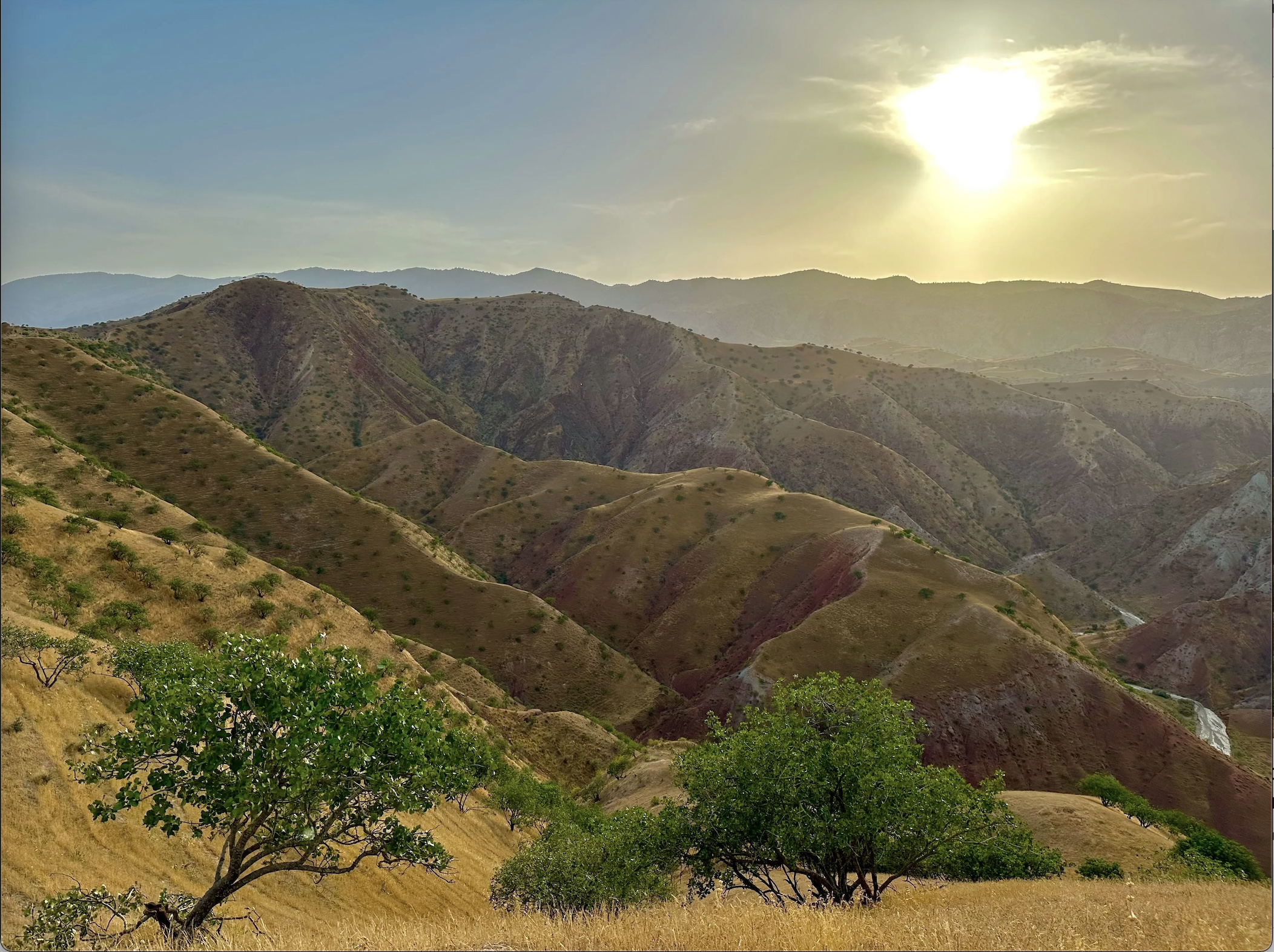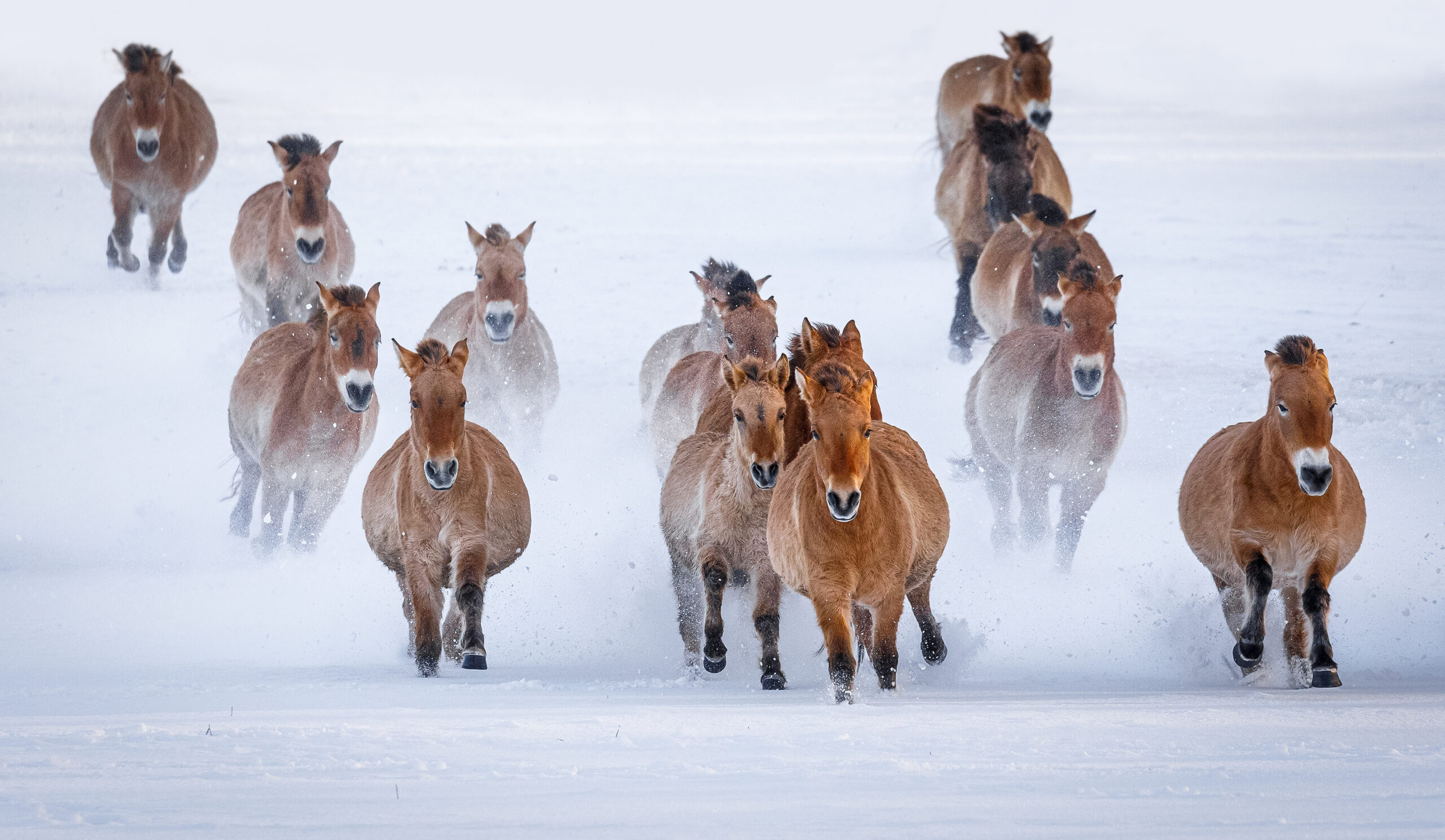ASTANA—With three United Nations (UN) environmental Conferences of Parties (COPs) coming up this year, this is a fitting moment to assess the true legacy of the Rio Conventions on Biodiversity, Climate Change, and Desertification in Central Asia.

Photo credit: Anatolii Shcherbyna/UNCCD
The Rio Conventions derive directly from the 1992 Earth Summit. While each treaty stands independently, they remain intricately linked because they address interconnected and interdependent issues. Over three decades on, it is clear that the full potential of the comprehensive and integrated approach across all three conventions has yet to be implemented in the region.
Despite progress in tackling some regional environmental issues, a more balanced approach between climate change, land degradation, and biodiversity loss should be implemented. This article seeks to highlight their interconnectedness.
Climate change and melting of glaciers in Central Asia
Despite contributing the least to the overall pollution of the world climate space, temperatures in Central Asia are warming faster than the global average. World Bank predicts that temperatures in Central Asia could rise by five to six degrees Celsius by 2100. This will significantly contribute to glacier melt, threatening the water supply for over 70 million people in the region and increasing the risk of natural hazards such as flooding.
Most of the world’s mountain glaciers are retreating because of the climate crisis, but those in Central Asia are especially vulnerable. A 2018-2019 study by the Central Asian Institute of Applied Geosciences concluded that glacial areas in the Kyrgyz Republic have decreased by 16% in the past 50 years. Kyrgyzstan is one of the largest regions in Central Asia, characterized by prominent glaciers and mountains throughout the country. Mountain ranges such as the Tien Shan and Pamir-Alai are most affected.
According to Dinara Kemelova, Kyrgyz President’s Special Representative for mountainous regions, this will lead to numerous problems in other areas, including flooding, biodiversity loss due to species migration, human migration, job losses, and challenges in agriculture.
Land degradation and dust storms
According to Lyudmila Kiktenko, an environmental program manager at the Regional Environmental Center for Central Asia (CAREC), climate change also affects the region’s soil quality.

Photo credit: Carolyn Drake/NatGeo Image Collection
“Given that more than 80% of the territory of Central Asia is covered with desert steppes, under the influence of climate change and prolonged droughts, naturally, this entire territory becomes a natural source of sand and dust storms,” said Kiktenko.
Other anthropogenic factors, such as agricultural activity, grazing livestock, extraction, and construction activities, contribute to the frequency and strength of sand storms.
“An example is the drying up of the Aral Sea, which consequently led to the creation of a new salt desert. Now, this territory of 5.5 million hectares is the source of another 100 million tons of dust and toxic salt. I would also like to say that in our region of Central Asia, sand storms occur 90 days a year,” she said.
Salts from the Aral Sea region were found on the Antarctic coast, on glaciers in Greenland, in the Norwegian forests, and elsewhere in the world.
“We often talk about the degradation of glaciers. We also know that salt carried by winds further enhances this glacier degradation,” said Kiktenko.
That is why land degradation and desertification continue to be global challenges, contributing to glacier melt in the region and worldwide.
Additionally, up to 50% of rangelands are degraded, imperiling one-third of the planet’s carbon reservoir, according to the Global Land Outlook Thematic Report on Rangelands and Pastoralists, launched by the UN Convention to Combat Desertification (UNCCD). In Central Asia and Mongolia, 60% of the land is used as grazing rangelands, with livestock herding supporting nearly one-third of the region’s population.
Biodiversity conservation
According to the Global Drought Snapshot of 2023, drought has multiple negative impacts even within a single domain. For example, droughts severely impact ecosystems with homogeneous vegetation, which are most susceptible to drought, primarily under long-term drought conditions. Besides, drought can lead to the migration or even the extinction of entire animal species.

Przewalski’s horses. Photo credit: Miroslav Bobek.
Jamal Annagylyjova, forestry biodiversity officer at the Convention on Biological Diversity (CBD) Secretariat, discussed shrinking forests and land degradation as leading factors in biodiversity loss, along with climate change.
“Central Asia and the Caucasus is a region where biodiversity is of global importance because there are many species of plants and animals that are unique only for this region,” said Annagylyjova.
“When we think about the biodiversity of any region, we, first of all, imagine certain animals and plants, but what is more important to realize is that biodiversity begins with ecosystems. It’s their food base, their habitat, and growing area. The condition of the ecosystem, i.e., the places where plants and animals live and grow, affects the conservation of biodiversity,” she said.
“I think it is very important to understand this, because this is the point of intersection between the conventions. Often, everybody thinks of the biodiversity convention that we are only concerned with the conservation of particular species. No, a species of any animal or plant does not exist separately from its habitat. Habitats are directly linked to those ecosystems,” she added.
Climate change is another significant contributing factor to biodiversity loss.
“Causes of biodiversity loss were identified as, of course, climate change. Climate change directly affects the change in distribution of precipitation. It leads to the displacement of areals of vegetation and animal habitats. Invasive species also strongly influence the displacement of localized plant and animal species, habitat degradation, overexploitation of resources and pollution,” said Annagylyjova.
In 2022, the world, including Kazakhstan, finally agreed to adopt the Kunming-Montreal Global Biodiversity Framework (GBF), also called the Biodiversity Plan, during the COP15 to the CBD.
This framework sets overarching goals and targets to halt and reverse biodiversity loss by 2030. It encompasses four goals and 23 objectives, including 30% restoration of degraded ecosystems, increasing the area of protected areas to 30% of the countries’ territory, and halving the introduction of invasive species, i.e., alien species.
Kazakhstan is carrying out biodiversity reintroduction projects in carefully selected protected areas. A recent example is the reintroduction of Przewalski’s horses to Arkalyk in northern Kazakhstan.


